Scientist-led conferences at Harvard, Stanford and MIT
-
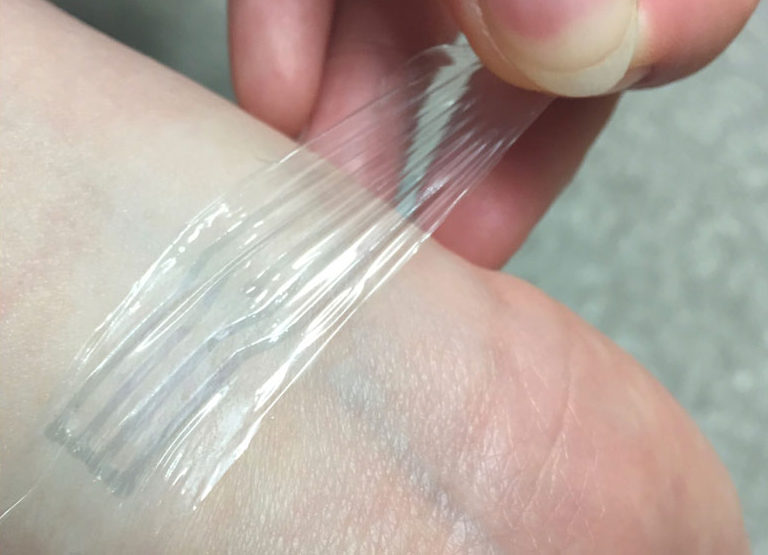
Soft, flexible “skin-like” electrodes could improve brain interfaces
Stanford professor Zhenan Bao‘s latest flexible electronic initiative is the development of a plastic electrode that stretches like rubber but carries electricity like wires. This could be improve implanted brain interfaces which require soft and highly sensitive materials. In a recent paper, Bao’s team describes the chemical modification of brittle plastic to make it highly bendable, while…
-

Carbon electrode technique tracks dopamine in the brain
Michael Cima and MIT colleagues have developed a more precise tool to measure dopamine in the brain, to be able to study its role in in learning, memory, and emotion. The new carbon electrode based technique can cover more of the brain, and provide longer, more accurate neurotransmitter readings, than previously possible. The goal is…
-
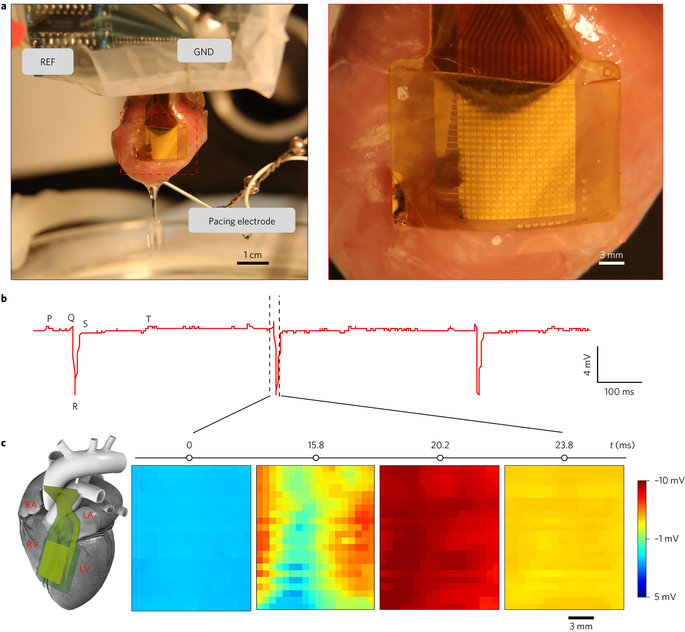
Thin, flexible, insulated sensor could monitor the heart for 70 years
Northwestern’s John Rogers has developed a sensor that can monitor electrical activity irregularities in the heart for 70 years. The sensor is much safer and more refined than current technology, which degrades easily, and can harm patients. An array of 396 voltage sensors are set in a very thin, multi-layer, flexible substrate, meant to attach to…
-
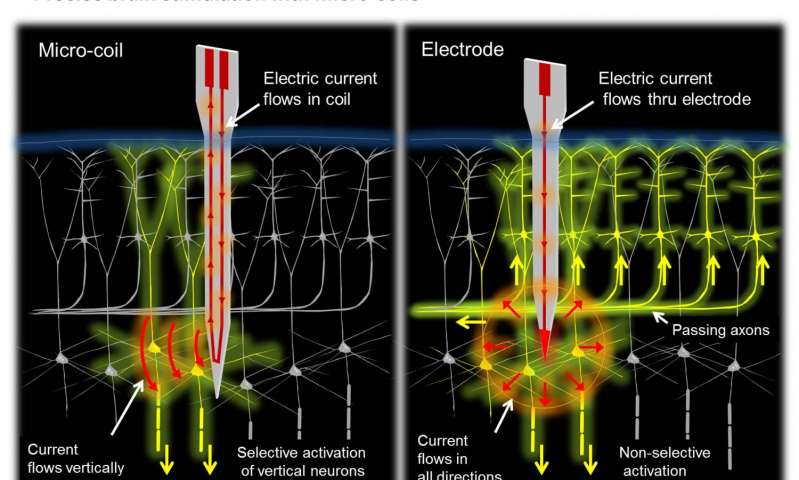
Magnetic coils might improve neural prostheses
Neocortex stimulation is used to treat neurological disorders, including Parkinson’s disease and paralysis. Current electrode-based implants have limited efficacy. It is difficult to create precise patterns of neural activity, or to achieve consistent responses over time. This can be addressed by magnetic stimulation, but until now, coils small enough to be implanted into the cortex…
-
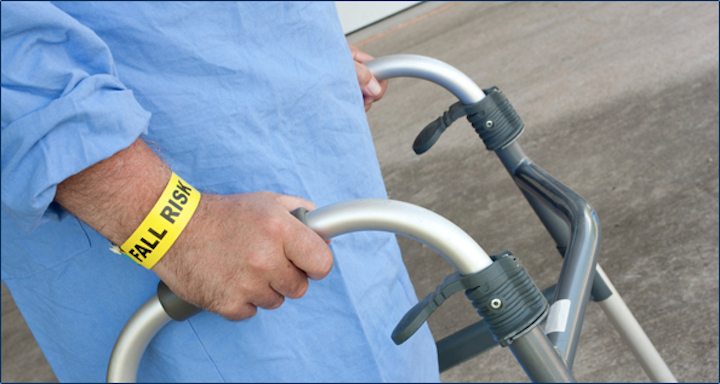
Sensors inform skilled nursing care
IBM has partnered with Avamere skilled nursing facilities to sudy the use of cognitive computing to improve caregiver knowledge and actions. By embedding sensors that gather physical and environmental data in senior living facilities, Avamere hopes to reduce hospital admission rates. Patient movement, air quality, gait analysis and other fall risk factors, personal hygiene, sleeping…
-

Robots support neural and physical rehab in stroke, cerebral palsy
Georgia Tech’s Ayanna Howard has developed Darwin, a socially interactive robot that encourages children to play an active role in physical therapy. Specific targeting children with cerebral palsy (who are involved in current studies), autism, or tbi, the robot is designed to function in the home, to supplement services provided by clinicians. It engages users…
-
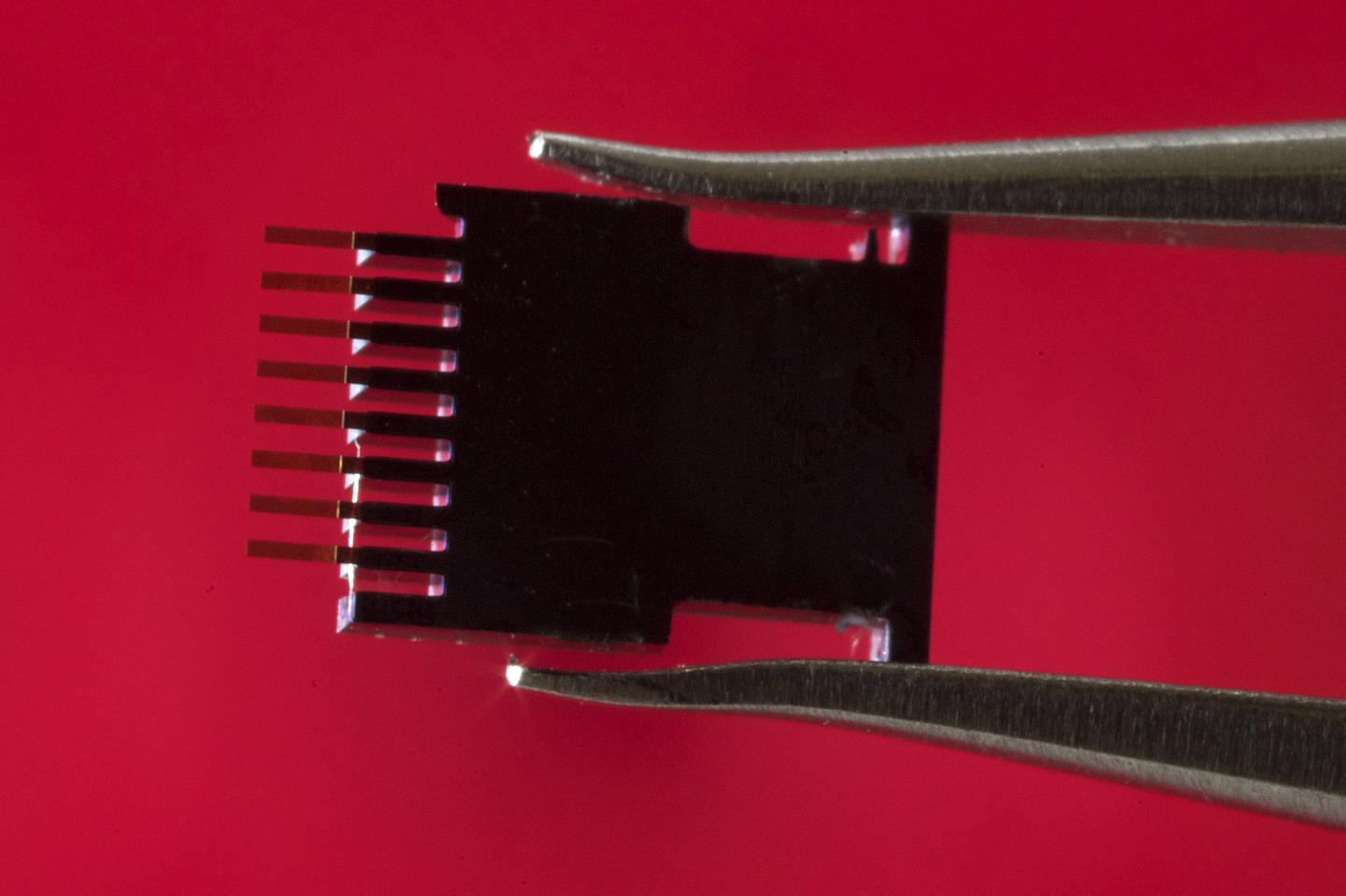
Sensor detects HIV in first week of infection
Spanish National Research Council researchers have developed a biosensor that detects the p24 antigen protein at concentrations 100,000 times lower than in current techniques. This has enabled the creation of a test that can detect HIV in the blood within one week of infection. It takes 5 hours, offering results the same day. The inexpensive sensor combines…
-

MRI, algorithm predict autism before behavioral symptoms appear
UNC’s Heather Hazlett has published a study showing that an overgrowth in brain volume, determined by MRI scans during the first year of life, forecasts whether a child at high risk of developing autism. The goal is to give parents the opportunity to intervene long before behavioral symptoms become obvious, which usually occurs between ages…
-
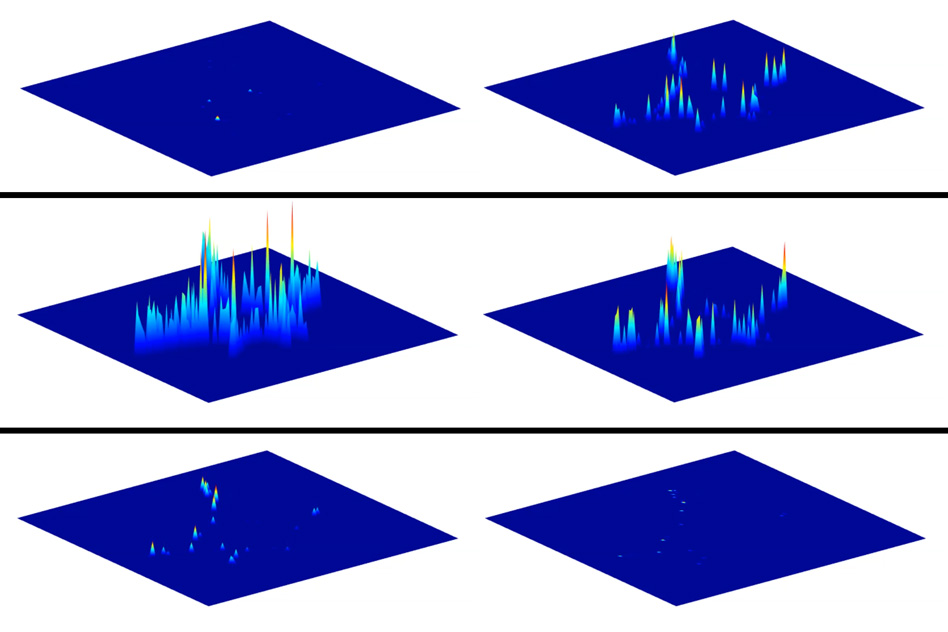
Dopamine sensor tracks single neurons
MIT’s Michael Strano has developed a carbon nanotube based detector that can track single cells’ secretion of dopamine. Using 20,000 sensor arrays, the team monitored dopamine secretion of single neurons, allowing them better understand dopamine dynamics. Unlike most other neurotransmitters, dopamine can exert its effects beyond the synapse. Not all dopamine released into a synapse is…
-
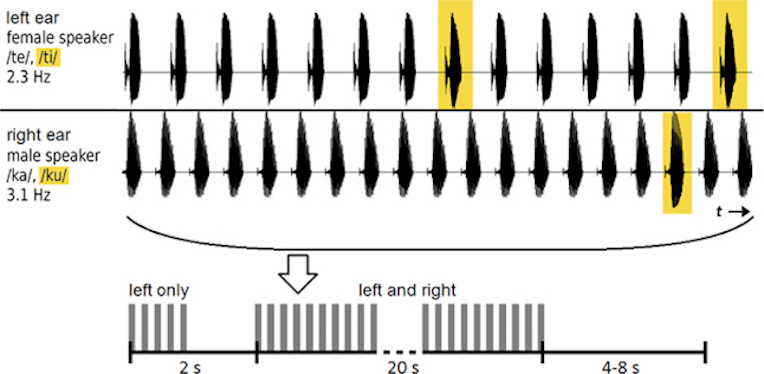
Toward a speech-driven auditory Brain Computer Interface
University of Oldenburg student Carlos Filipe da Silva Souto is in the early stages of developing a brain computer interface that can advise a user who he/she is listening to in a noisy room. Wearers could focus on specific conversations, and tune out background noise. Most BCI studies have focused on visual stimuli, which typically outperforms…
-
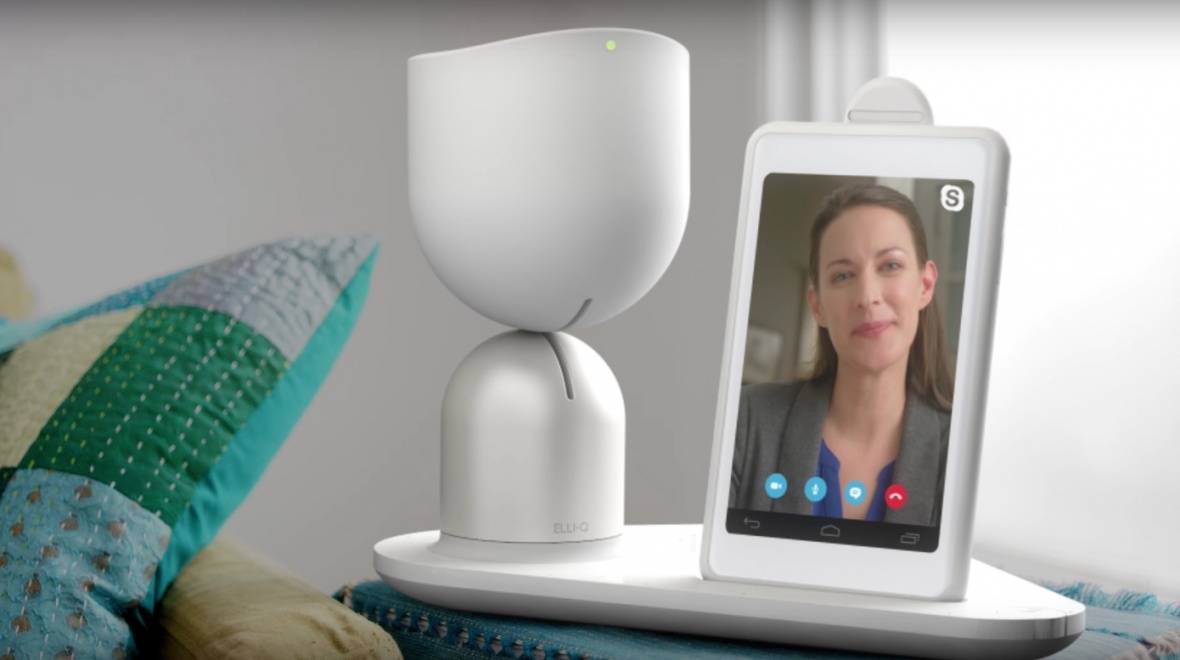
AI assistant addresses specific needs of seniors
ElliQ is AI assistant that intuitively interacts with seniors to support independent living. The NLP based system enables users to make video calls, play games, and use social media. Music, TED talks, audio books,and other content is recommended, after machine learning tools analyze user preferences (or caregiver input is received.) Physical activity is suggested after…
-
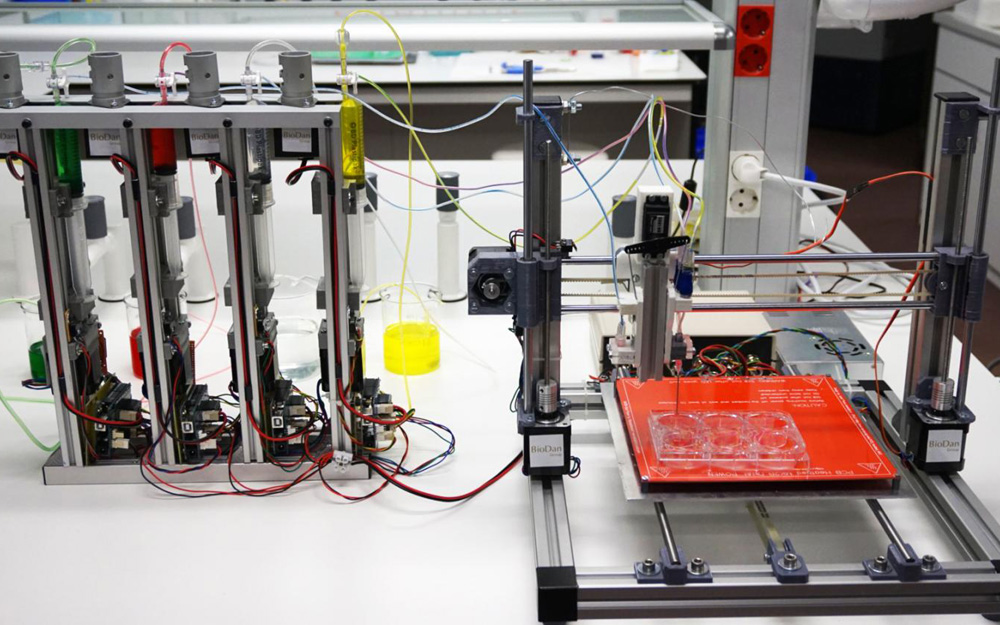
3D-bioprinted human skin can replace animal testing, potentially be used in burns
José Luis Jorcano at Universidad Carlos III de Madrid has developed a 3D bioprinter capable of replicating the structure of skin. The human-like skin that is produced includes an epidermal layer that protects against the environment, and a collagen-producing dermis that provides elasticity and strength. The bioink material contains human plasma, and primary human fibroblasts…
Got any book recommendations?